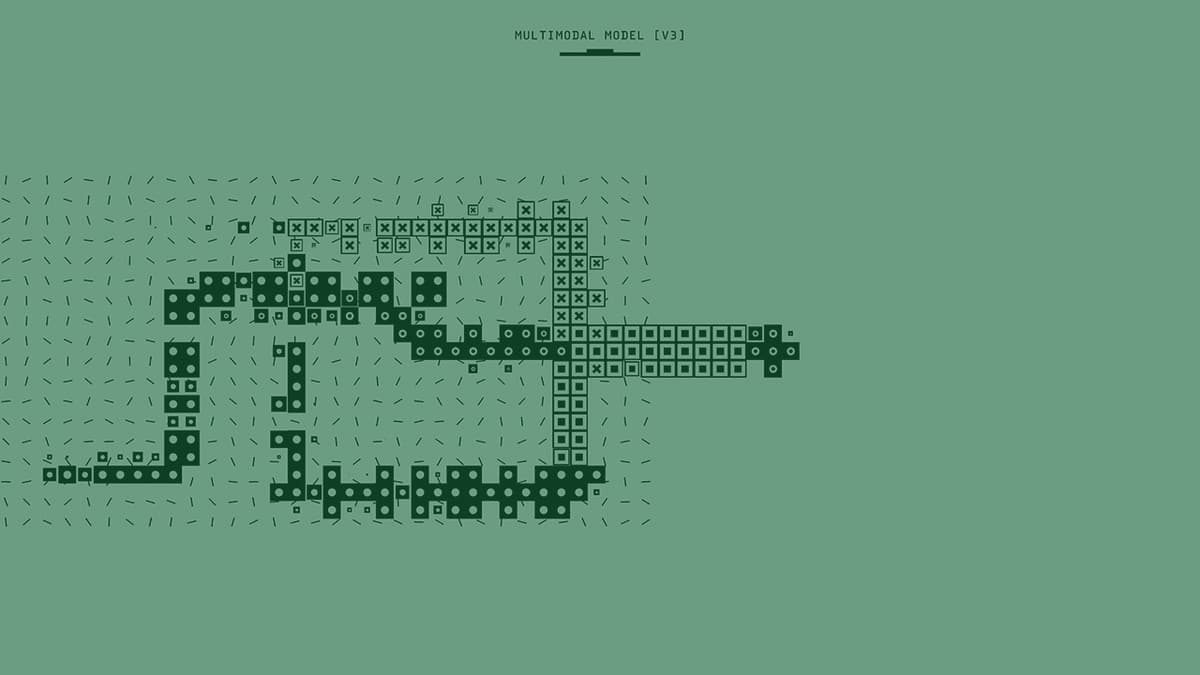The Secret Life of Your Banked Cash
When you deposit money into your bank account, it can feel like you're slipping your hard-earned cash into a massive, impenetrable vault brimming with bills of all denominations, each neatly stacked and ready for your retrieval at a moment's notice. But in truth, the journey of your greenbacks is much more intricate and far less stationary than you might imagine.
Picture this: You've just gotten paid. Your pockets are full, and it's time to store that money safely. You head on over to your local bank, hand over your cash, and the teller smiles as they credit it to your account. It's a common ritual for many—put money in, take money out—yet what occurs behind the scenes is something akin to a grand ballet of finance, shrouded in mystery for the average person.
The essence of modern banking does not revolve around enormous vaults teeming with stacks of cash that mirror the deposits of every client. In fact, the reality is much more dynamic. When your money enters a bank, it doesn't sit idle; it gets to work. Much of this work involves numbers on screens, data in accounts, and a lot less physical cash than one might think.
Contrary to popular belief, banks do not hold onto all your money in physical form. Indeed banks keep a certain amount of cash on hand in their vaults as a precaution for everyday transactions, whether it's clients withdrawing funds from an account or cashing checks. Yet, these reserves are a small fraction of the bank’s total deposits due to something called the fractional reserve banking system.
This system allows banks to hold a fraction (hence the name) of their depositors' money in reserve for daily transactions and then use the rest for loans, investments, and other financial activities. These endeavors can bolster the economy by allowing individuals to buy homes, supporting businesses in need of capital, and even enabling your bank to earn interest, which can then fund various services and potentially yield some savings account interest for you in the process.
When you check your bank account balance, whether through an ATM or an online dashboard, you are not actually looking at a digital representation of cash chilling in a vault with your name on it. You are witnessing an accounting delineation of what the bank owes you, not a real-time snapshot of physical bills gathering dust somewhere.
The magic of modern banking means when someone takes out a loan to, for example, buy a house, they might just be receiving part of what was once your paycheck, reconfigured into a mortgage. That credit becomes a home, a car, or a college education for someone else. All the while, your bank balance remains intact, ready for you when you need it.
The transformation of cash into electronic digits also provides a layer of security. In the olden days, a bank robbery would entail baddies running off with actual money. Today, most theft is of a digital kind, and banks spend massive portions of their budgets on cybersecurity to protect those digits that represent your work and saving. And even if a bank were to fail, many countries have deposit insurance programs that ensure customers do not lose all their money. For instance, in the United States, the Federal Deposit Insurance Corporation (FDIC) FDIC insures deposits up to $250,000 per account holder per institution.
Lastly, let's touch on those towering ATMs and your online banking app. These conveniences are like invisible threads connecting you to your bank and your money—no matter where it actually resides. The shimmering screens, responsive websites, and dutiful ATMs have become the face of your financial relationship with your bank, always promising that your money is just a few clicks or a card swipe away.
So while there's no Scrooge McDuck-style money bin brimming with your personal pile of cash, your money still works hard behind the scenes. It helps others reach their goals, safeguards your future purchases, and powers services provided by your banking institution—all facilitated by a series of technological marvels and stringent regulations that keep the financial system ticking.
Your bank account is more than just a number—it's a living, breathing utility that makes modern life possible. Just remember, although your bank doesn't store all your money in a colossal vault, it is obligated to keep your funds accessible, safe, and in most cases, insured against unexpected misfortune. That feeling of security is worth more than a mountain of cash, locked away and unused.












